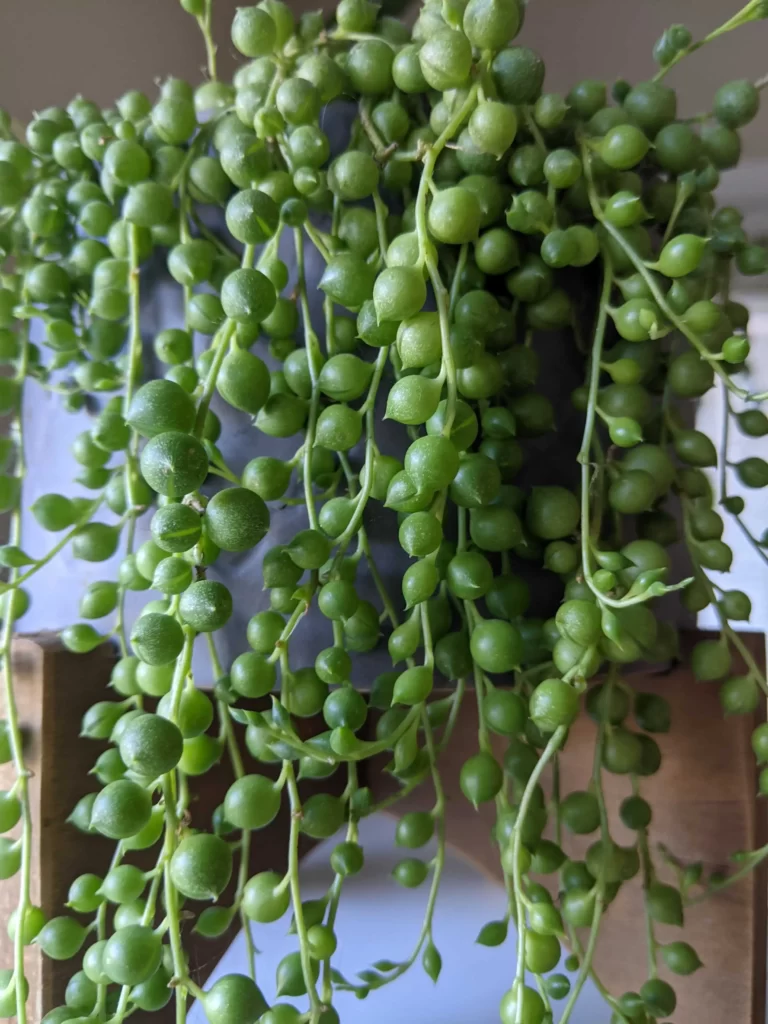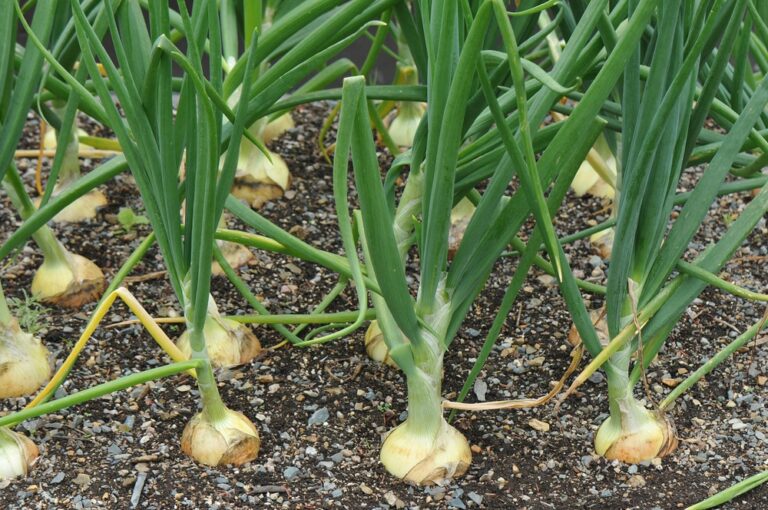Gardening is a great way to get outside and enjoy the natural beauty of your backyard. Grow bags are a convenient way to grow your vegetables, fruits, herbs, and more without having to dig into the ground. But if you’re looking for an alternative to traditional grow bags that can provide better airflow, drainage, and root growth – then there are plenty of options. Here are five great alternatives to grow bags for your garden.
What are Grow Bags?
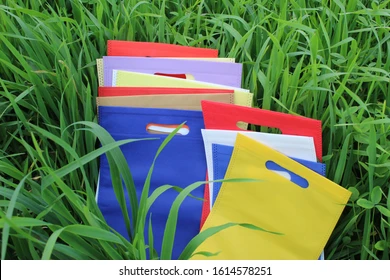
Grow bags are an innovative way to garden, using a breathable fabric bag to hold soil and plants. They allow for more oxygen to reach plant roots and prevent root rot which can be caused by excess water in traditional plastic containers.
The air pruning process encourages robust root growth, providing better nutrient absorption for the plants. Grow bags also have drainage holes integrated into the fabric, allowing excess water to easily flow away from the plants.
Grow bags are great for those who want to start a vegetable garden or grow tomatoes but don’t have the space for traditional gardening beds. They’re perfect for small spaces or balconies as they can be moved around easily, and come in different sizes depending on your needs.
As well as grow bags, there are other alternatives available such as fabric pots and soil bags which offer similar benefits of aeration and drainage.
If you’re looking for an easy way to start growing vegetables at home, then grow bags could be a great choice! With their versatility and convenience, you’ll be able to enjoy fresh produce all year round without breaking your back trying to keep up with traditional gardening methods.
Benefits of Utilizing Grow Bags
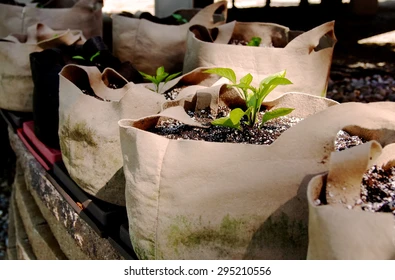
Grow bags offer a unique and convenient way to garden, with their breathable fabric allowing for better air circulation to plant roots and preventing root rot. They are lightweight and easy to move around, great for those who don’t have the space for traditional gardening beds.
Grow bags also have drainage holes integrated into the fabric, allowing excess water to flow away from the plants. The air pruning process encourages robust root growth and better nutrient absorption, ensuring your plants get all they need to flourish.
The convenience of grow bags makes them ideal for those looking for an easy way to start growing vegetables at home. Whether it’s a small balcony or a larger outdoor space, you can enjoy fresh produce all year round without the hassle of traditional gardening methods.
With grow bags, you can even upcycle old plastic containers by putting them inside the bag for additional support! So if you’re looking for an easy way to grow vegetables, then why not give grow bags a try?
Alternatives to Grow Bags
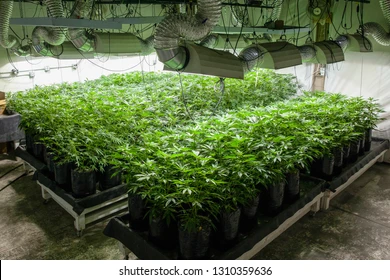
For those wanting to get into gardening but don’t want to use grow bags, there are plenty of alternatives. Potting soils can be used in garden beds or plastic containers and tomato plants can be grown in fabric pots, which are similar to grow bags but without drainage holes.
Natural fabric grow bags can also be used as they provide air-pruning benefits while allowing excess water to flow away from the plant’s roots. Lastly, consider using a robust root system like those found in vegetable gardens or raised beds for better nutrient absorption and healthier plant growth.
Whichever alternative you choose, it’s important to make sure that your plants have access to enough light, water, and nutrients for them to thrive.
Potting Soils
Potting soils are a great alternative to grow bags, offering gardeners access to the same nutrient-rich environment that helps plants thrive. These soils can be used in garden beds or plastic containers for maximum protection and root stability.
For tomato plants, fabric pots work best as they provide air-pruning benefits while also allowing excess water to escape from the plant’s roots. It’s important to ensure that your plants have enough light, water, and nutrients when using potting soils to help them reach their full potential. With the right care and attention, potting soils can give you strong, healthy plants that will bring life and beauty to your garden.
Fabric Pots and Bags
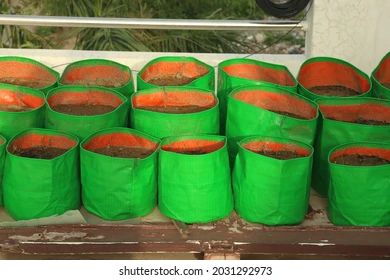
Fabric pots and bags are an excellent alternative to traditional grow bags. Fabric pots and bags provide air pruning benefits and allow excess water to escape from the plant’s roots, preventing root rot. Gardeners who opt for fabric bags can rest assured that their plants will receive enough light, water, and nutrients to reach their full potential.
Fabric pots are best suited for tomato plants, providing a breathable environment that’s conducive to robust root growth. Additionally, fabric pots have drainage holes at the bottom which prevent soil buildup and keep plant roots healthy. Whether you’re growing vegetables or ornamental flowers in your garden, fabric pots can make all the difference when it comes to getting the most out of your plants.
Plastic Containers
Plastic containers are a great way to create a garden bed without the need for a large grow bag. These containers come in various shapes and sizes, making them perfect for growing vegetables or flowers in spaces both large and small.
Plastic containers allow you to provide your plants with adequate water, light, and nutrients while providing excellent drainage so that roots won’t become waterlogged. When planting vegetables, it’s important to use plastic containers with plenty of drainage holes at the bottom so that excess moisture can escape.
Additionally, soil bags are a great option for gardeners who want to get the most out of their vegetable garden, as they provide a breathable fabric that promotes healthy root growth. Whether you’re looking for an alternative to traditional grow bags or simply want to find a convenient way to start your mini-garden, plastic containers might be just what you need!
Air Pruning Containers
Air pruning containers are a great alternative to traditional grow bags for gardeners looking to maximize their growth potential. Unlike plastic containers, air pruning containers are designed with a breathable fabric that helps promote healthy plant roots and prevents root rot.
The fabric provides ample airflow which encourages the roots of your plants to spread outwards, rather than downwards like they normally would in a regular pot. This helps create robust root systems that can better absorb water and nutrients from the soil.
Additionally, these containers have multiple drainage holes at the bottom so you won’t have to worry about excess water building up and causing root damage. Air pruning containers are perfect for vegetable gardens since they allow you to get the most out of your harvest by ensuring that your plants receive plenty of air circulation and strong roots.
Garden Beds
Garden Beds are a great alternative to traditional grow bags for gardeners looking to maximize their growth potential. Garden beds offer many advantages over plastic containers and fabric pots, such as increased soil depth, better root development, and improved drainage.
Garden beds can be filled with rich potting soils that provide all the essential nutrients your plants need to thrive. The increased soil depth allows for a larger root system which can absorb more water and nutrients from the soil.
Additionally, garden beds have better drainage than traditional containers so you won’t have to worry about excess water leading to root rot or other damage. With proper care and maintenance, garden beds can help you get the most out of your vegetable garden by providing strong roots that can support heavy yields of fruits and vegetables.
Conclusion
Grow bags are a popular choice for gardeners looking to maximize their gardening space and yields, but several alternatives can offer even greater benefits. Garden beds, for example, can provide increased soil depth, better root development, and improved drainage. Additionally, fabric bags and fabric pots give your plants the air pruning they need to create robust roots.
Plastic containers also offer great drainage while still providing enough nutrients to ensure healthy growth. Whichever option you choose, make sure you’re aware of the best practices for caring for your plants and always monitor the soil moisture levels to prevent root rot or other damage. With careful consideration and maintenance of your grow bag alternative, you can ensure a bountiful harvest of fruits and vegetables.

